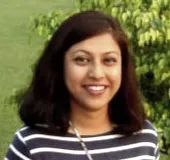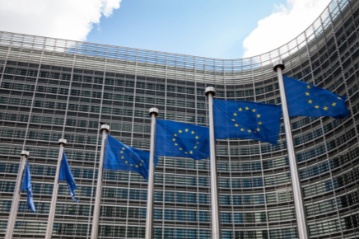For the world to achieve SDG 7.1 (universal access to electricity) and 7.2 (universal access to clean fuel and technologies for cooking), in alignment with SDG 5 (gender equality), the focus must now be on nations that are substantially behind, incorporating rigorous planning and consistent gender-mainstreaming. In this context, several African countries and India share common problem areas and goals.
Driven by its need to achieve reliability in power supply across the country, India is promoting solar electrification through the ISA, which has the potential to contribute strongly towards SDG 7 amongst African countries as well. At the same time, India can benefit from Africa’s favourable conditions for harnessing solar energy. Electrification, in turn, can also influence industrial, economic and social growth, creating new pathways for further cooperation. Moreover, electricity can be a great fuel (preferably using a renewable source of generation) for clean cooking as an alternative to LPG.
Much work remains to be done towards the goal of energy access for all, especially with a focus on gender equality. This is true both in terms of giving women the opportunities to benefit from energy access, and for them to participate in the decision-making process to achieve such goals. Cooperation between India and Africa has the potential to strengthen the energy access initiatives to achieve SDG7. Improving women’s skills and expertise in RE and grid-electrification at various levels, making a gradual transition from off-grid to grid-electrification, and promoting research on solar-based electric cooking will benefit the energy access space in a gender-sensitive manner and ensure gender mainstreaming in future projects between India and Africa.
About the Author
Dr Manjushree Banerjee has been working on issues of energy access for 18 years, 12 of which she spent with The Energy and Resources Institute (TERI).
Endnotes
[a] The Government of India initiated ITEC in 1964 as a bilateral programme of assistance, and 161 countries have been invited to share in the Indian developmental experience.
[b] Biomass gasifier converts solid biomass fuel into combustible gas that, in turn, is used for producing heat or electricity.
[c] Burundi, Burkina Faso, Congo (Dem. Rep.), Guinea Bissau, Liberia, Madagascar, Malawi, Niger, Sierra Leone, South Sudan and Chad.
[d] From 1990 to 2019, the global net installed capacity of electric power plants (main activity and auto producer), increased from 75 GW to 412 GW (United Nations, as of February 2021).
[e] The Prime Minister’s Ujjwala Yojna was launched in the year 2016 with the target of providing 50 million LPG connections to poor families.
[f] In the context of India’s contribution to combating climate change, French President Francois Hollande has called it “India’s gift” to the world.
[g] The author was the course coordinator.
[h] TERI is an independent organisation headquartered in New Delhi, with capabilities in research, policy and implementation on energy, environment, climate change, and sustainability.
[i] One Sun, One World, One Grid is a nascent initiative under the ISA. It proposes a trans-national electricity grid supplying solar power across the globe.
[j] Some of the examples include the promotion of solar lanterns by Gramin Bank in Bangladesh, Solar Sisters in Africa, and Lighting a Billion Lives in India
[k] See https://isolaralliance.org/membership/countries for the list of member countries.
[l] Solid fuels are firewood, coal and agricultural residues.
[1] The Embassy of India in Addis Ababa, “Proposals,” https://eoiaddisababa.gov.in/proposals/
[2] IEA, India Energy Outlook 2021, Paris, 2021, https://www.iea.org/reports/india-energy-outlook-2021
[3] Manjushree Banerjee, “100% Electrification of Rural Households — What next?” October 19, 2020, Observer Research Foundation, https://www.orfonline.org/expert-speak/100-electrification-of-rural-households-what-next/
[4] IEA, India Energy Outlook 2021, Paris, 2021, https://www.iea.org/reports/india-energy-outlook-2021
[5] IEA, Africa Energy Outlook 2019, Paris, 2019, https://webstore.iea.org/download/direct/2892.
[6] IEA, Energy Access Outlook 2017 – From Poverty to Prosperity, Paris. 2017, https://webstore.iea.org/download/direct/274.
[7] C. Pavithra, “Understanding the Gender Dimensions of Energy Poverty,” ORF Issue Brief No. 467, June 2021, Observer Research Foundation, https://www.orfonline.org/research/understanding-the-gender-dimensions-of-energy-poverty/#_ednref15
[8] See 2018 data on Access to Electricity (% of Population), https://databank.worldbank.org/reports.aspx?source=2&series=EG.ELC.ACCS.ZS&country=WLD.
[9] Ministry of Statistics and Programme Implementation, “Energy Statistics 2020,” New Delhi, 2020, http://mospi.nic.in/sites/default/files/publication_reports/ES_2020_240420m.pdf.
[10] International Renewable Energy Agency, “Country Rankings,” https://www.irena.org/Statistics/View-Data-by-Topic/Capacity-and-Generation/Country-Rankings
[11] Ministry of Statistics and Programme Implementation, “Energy Statistics 2020, New Delhi, 2020, http://mospi.nic.in/sites/default/files/publication_reports/ES_2020_240420m.pdf.
[12] IEA, Africa Energy Outlook 2019, Paris, 2019, https://webstore.iea.org/download/direct/2892.
[13] Government of India, “Drinking Water, Sanitation, Hygiene and Housing Condition in India – National Sample Survey 76th Round,” 2019, New Delhi, http://mospi.nic.in/sites/default/files/NSS7612dws/Report_584_final.pdf
[14] International Solar Alliance, https://isolaralliance.org/about/background
[15] FIDC and RIS, “India Africa partnership – Towards Sustainable Development,” 2015, New Delhi, http://ris.org.in/sites/default/files/India_Africa_Partnership_Towards_Sustainable_Development_Report.pdf
[16] The Barefoot College International, “Solar mamas of Africa to meet Prime Minister Narendra Modi on his visit to Tanzania,” July 9, 2016, https://www.barefootcollege.org/solar-mamas-of-africa-to-meet-prime-minister-narendra-modi-on-his-visit-to-tanzania
[17] Ministry of External Affairs (Government of India), “Upcoming Courses 2021-22.” https://www.itecgoi.in/e-itec
[18] Mini Govindan, Debajit Palit, Rashmi Murali, and D Shankar, “Gender in Electricity Policymaking in India, Nepal and Kenya,” in Energy Justice Across Borders, by G Bombaerts, K Jenkins, Y Sanusi and W Guoyu, 111-135. Springer, Cham, doi:https://doi.org/10.1007/978-3-030-24021-9_6.
[19] Fair Planet, “The Solar Mamas Lighting Zanzibar Streets and Homes,” November 11, 2020, https://www.fairplanet.org/story/the-solar-mamas-lighting-zanzibar-streets-and-homes/.
[20] Huma Siddiqui, “South-South Cooperation in Green energy: India’s NTPC to develop Solar Park in African nation Mali,” Financial Express, June 2020, https://www.financialexpress.com/defence/south-south-cooperation-in-green-energy-indias-ntpc-to-develop-solar-park-in-african-nation-mali-says-indian-envoy/2008594/
[21] International Renewable Energy Agency “Renewable Energy: A Gender Perspective,” 2019, https://www.irena.org/publications/2019/Jan/Renewable-Energy-A-Gender-Perspective
[22] Utpal Bhaskar “NTPC Leverages its Solar Power Skills to Secure Africa Foothold”, July 16, 2020, Livemint, https://www.livemint.com/industry/energy/ntpc-leverages-its-solar-power-skills-to-secure-africa-foothold-11594863707515.html
[23] Shine Jacob and Somesh Jha, “Only 61% Households Used LPG for Cooking as of Dec 2018, Shows NSO Data,” Business Standard, November 26, 2019, https://www.business-standard.com/article/economy-policy/only-61-households-use-lpg-for-cooking-not-91-as-govt-claimed-nso-data-119112501446_1.html
[24] Government of India, “Drinking Water, Sanitation, Hygiene and Housing Condition in India – National Sample Survey 76th Round”, 2019, New Delhi, http://mospi.nic.in/sites/default/files/NSS7612dws/Report_584_final.pdf
[25] Manjushree Banerjee, Rakesh Prasad, Ibrahim H Rehman, and Bigsna Gill, “Induction Stoves as an Option for Clean Cooking in Rural India,” 2016, Energy Policy 88: 159-167, https://www.sciencedirect.com/science/article/abs/pii/S030142151530149X.
[26] Sasmita Patnaik, Saurabh Tripathi, and Abhishek Jain, “Roadmap to Access Clean Cooking in India,” CEEW, Niti Aayog, German Cooperation, GIZ, October 2019, New Delhi, https://www.ceew.in/sites/default/files/CEEW%20-%20Roadmap%20for%20Access%20to%20Clean%20Cooking%20Energy%20in%20India%20-%20Report%20%2031Oct19-min.pdf.
[27] Banerjee, Prasad, Rehman, and Gill, “Induction Stoves as an Option for Clean Cooking in Rural India”

 PDF Download
PDF Download

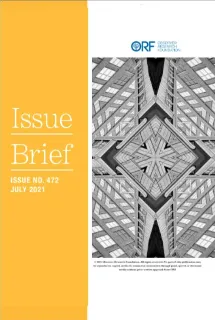

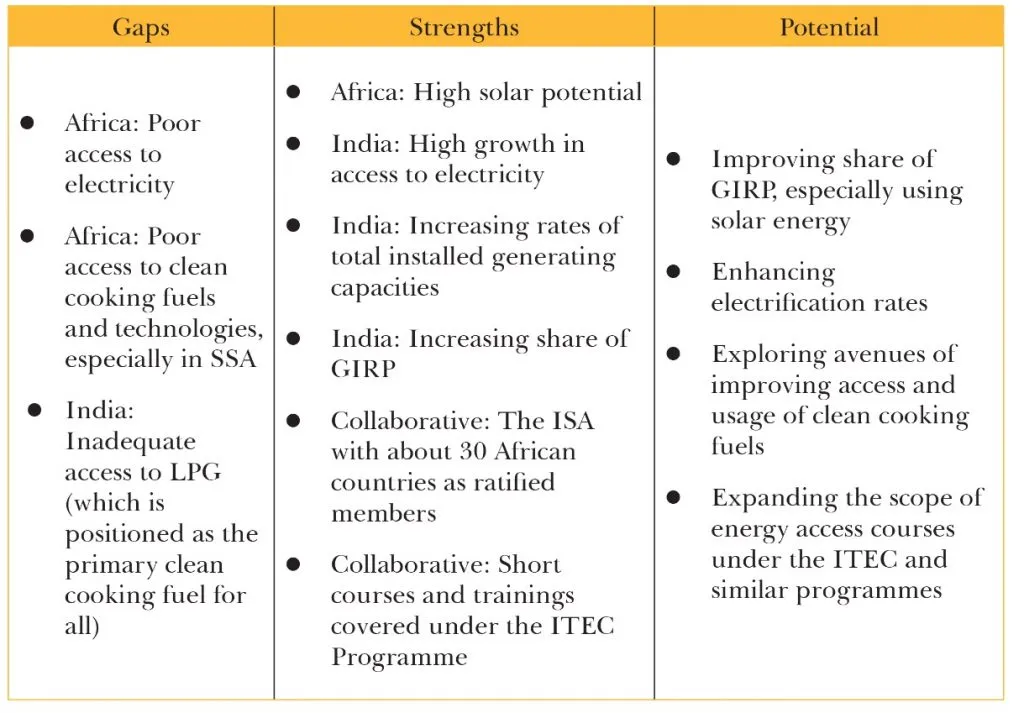
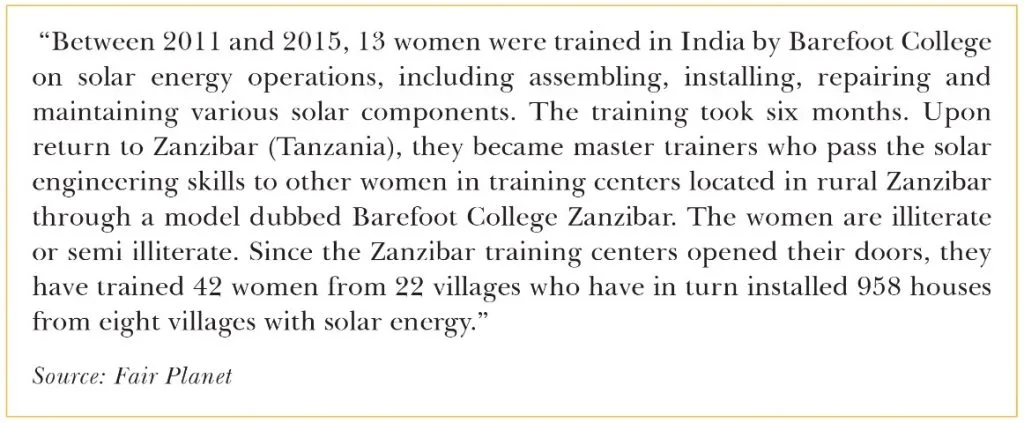

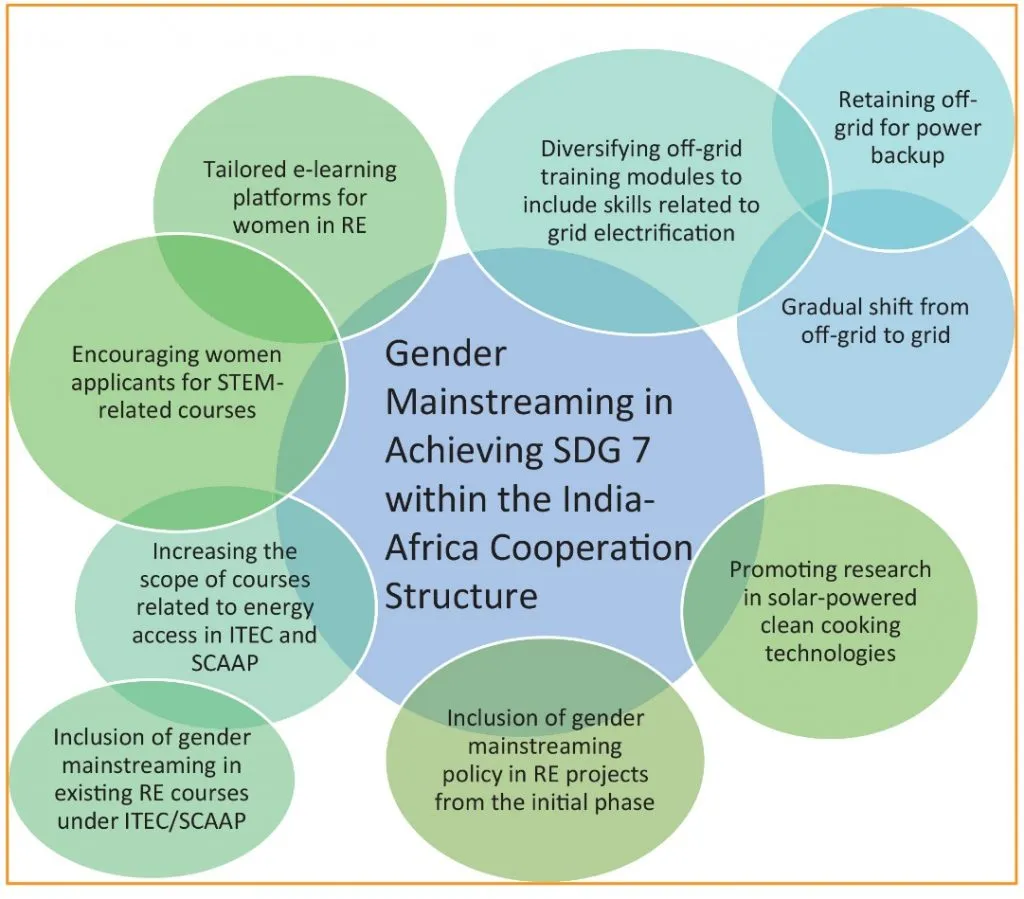
 PREV
PREV
